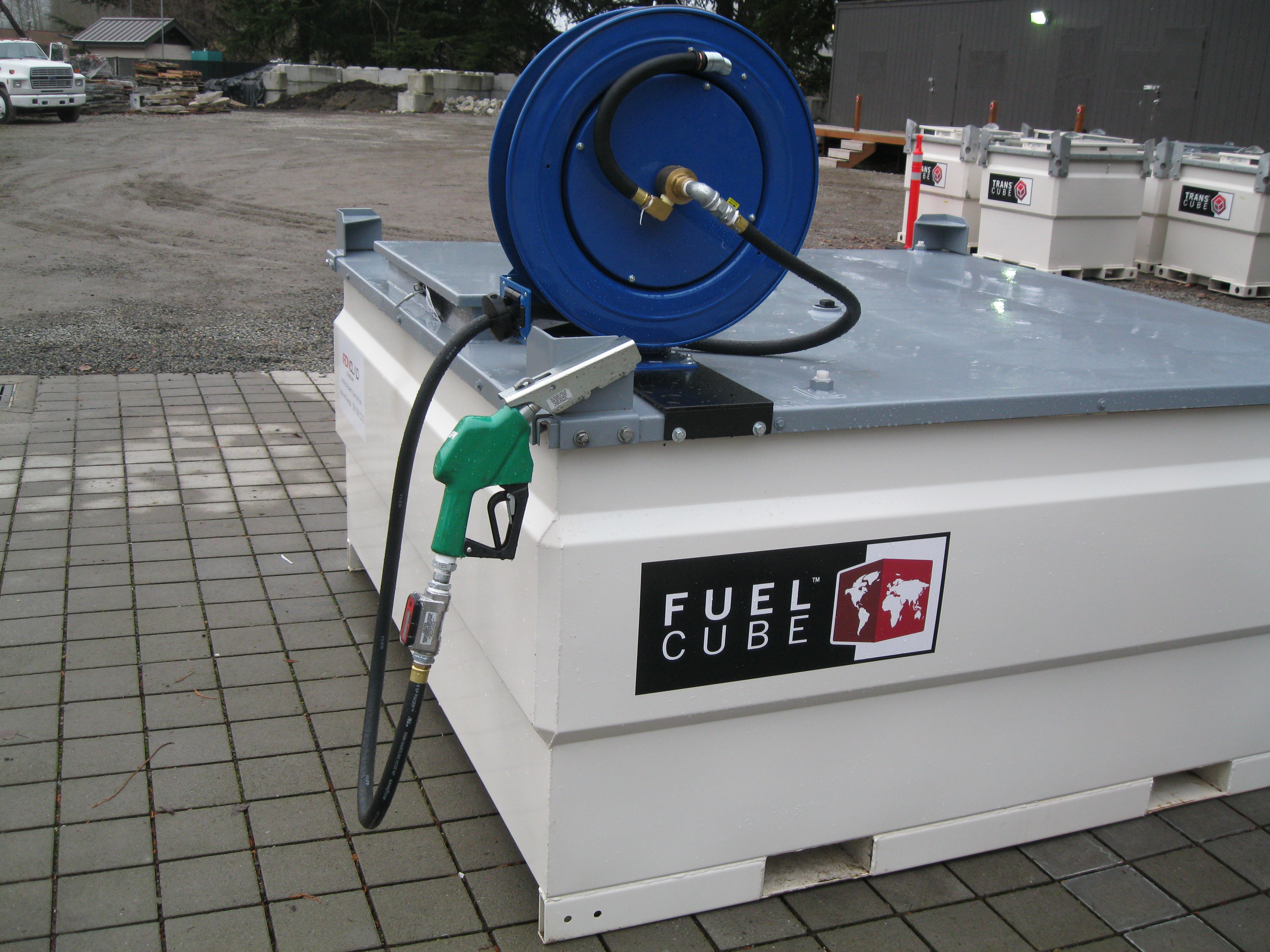- Home
- Blog
May 28

Periodic Tank Maintenance
PERIODIC TANK MAINTENANCE

In addition to pre-use inspections, it is recommended that you carry out periodic preventive maintenance and inspections of your fuel tanks. The frequency of these inspection should be set by yourself according to the nature of your operations, but once every 6 to 12 months should be adequate.
Here is a list of tasks recommended to be carried out as part of the inspection:
- Visually inspect the tank for leaks.
- Remove the accumulation of water and diesel from the bund/cabinet. Please ensure you are competent to do this and are using the appropriate equipment and PPE. All resulted waste should be treated as hazardous and disposed in accordance with local regulations. If in doubt review the Manufacturer Safety Data Sheet. Your fuel supplier should be able to provide you with a copy.
- Perform a water finding test (dip the tank).
- Clean up the accumulation of debris or vegetation (if any) from around the tank. Keeping the vicinity of the tank organised and tidy will ensure that any leaks can be identified immediately
- Clean the mesh filters (strainers). Each feed line will have one, depending on the tank model either at the end of the line (inside tank) or near the butterfly valve (Y type strainer). Internal strainers can be accessed by pulling out the flexible dip pipe from the cabinet.
- If you have a water filter fitted to the pump, you may choose to replace this at this time.
- Lubricate the hinges which hold the cabinet cover or door. These should be fitted with grease nipples for effortless operation. Additionally, you may wish to spray some PTFE grease on the moving parts of the locking mechanism.
- Remove the filler caps and clean the threads with a wire brush if necessary. Prevent the build up of rust by applying a small amount of lithium grease on these. Inspect the gasket at the bottom of the cap and ensure that it provides a good seal.
- If the tank is situated in a static position, ensure it is adequately grounded (electrically earthed).
- Inspect the condition of the pumping equipment, vents and valves.
- Perform an operational test.
- Record your findings and plan for additional maintenance if required.


